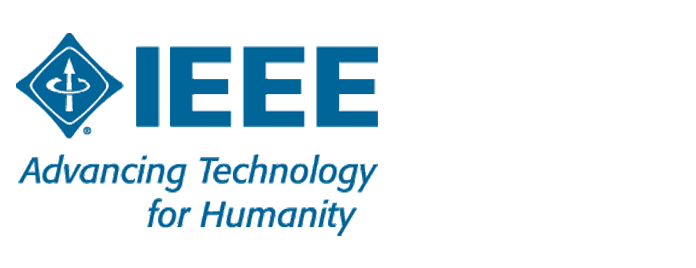Industrial automation systems and integration - JT file format specification for 3D visualization
ISO 14306:2017 defines the syntax and semantics of a file format for the 3D visualization and interrogation of lightweight geometry and product manufacturing information derived from CAD systems, using visualization software tools that do not need the full capability of a CAD system. ISO 14306:2017 has been adopted as a 3D visualization capability in addition to the ISO 10303 series. The file format supports the following information:
(1) facet information (triangles), stored with geometry compression techniques
(2) visual attributes such as lights, textures and materials
(3) product manufacturing information, such as dimensions, tolerances and other attributes
(4) boundary representation (b-rep) solid model shape representations. Several alternatives are available, including a representation based on the geometry standard defined in ISO 10303
(5) configuration representations
(6) delivery methods such as asynchronous streaming of content
ISO 14306:2017 does not specify the implementation of, or definition of a run-time architecture for viewing or processing of the file format.
(1) facet information (triangles), stored with geometry compression techniques
(2) visual attributes such as lights, textures and materials
(3) product manufacturing information, such as dimensions, tolerances and other attributes
(4) boundary representation (b-rep) solid model shape representations. Several alternatives are available, including a representation based on the geometry standard defined in ISO 10303
(5) configuration representations
(6) delivery methods such as asynchronous streaming of content
ISO 14306:2017 does not specify the implementation of, or definition of a run-time architecture for viewing or processing of the file format.

ISO 14306:2017
https://www.iso.org/standard/62770.html

